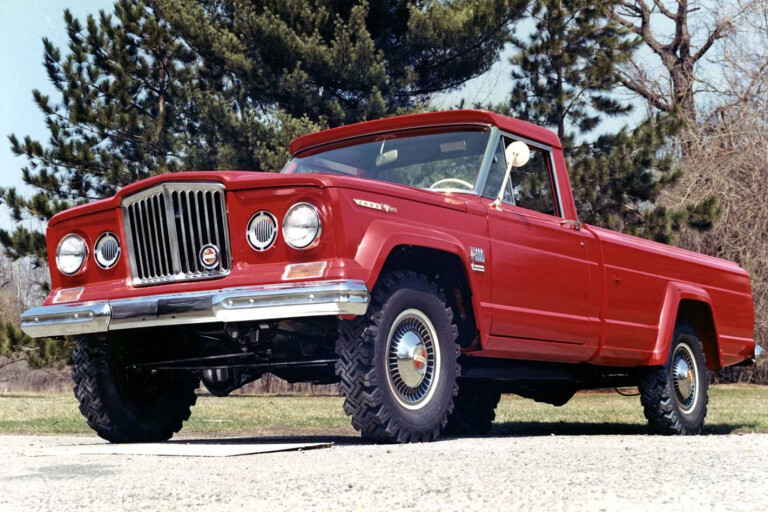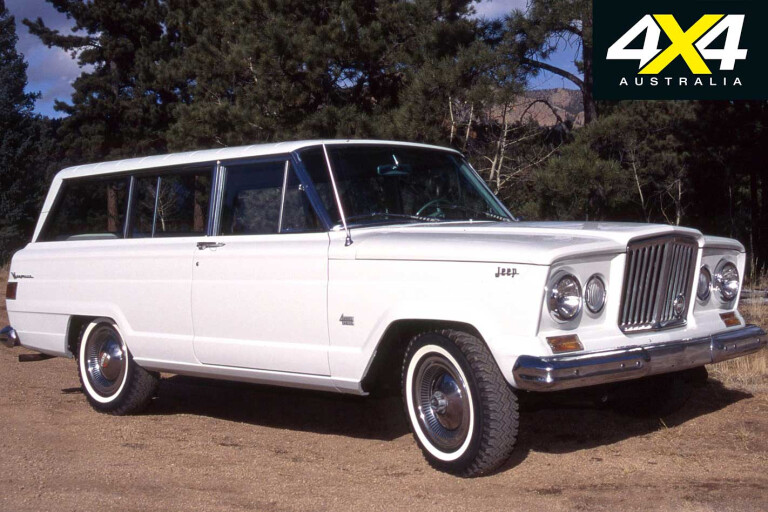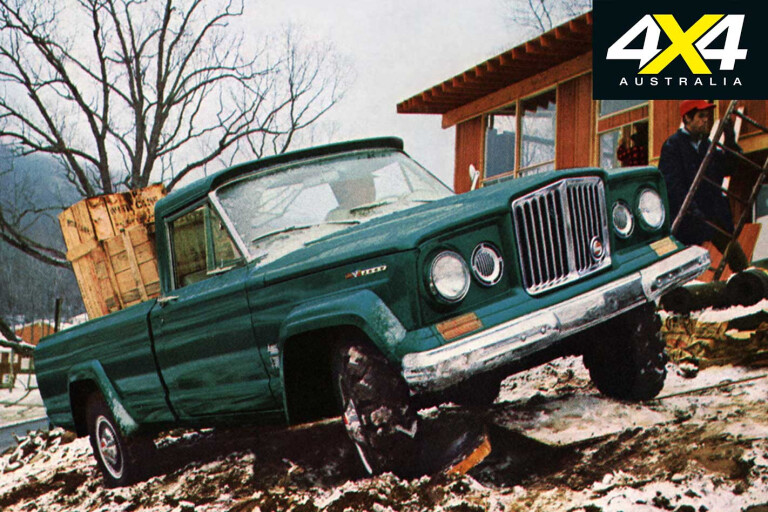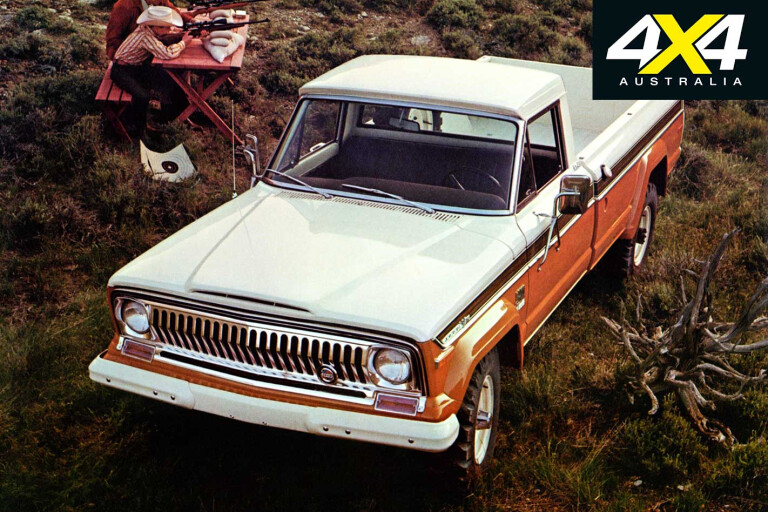
IF YOU ascribe to the belief that names really do define oneself, then the recent surprise revelation that Jeep would name its upcoming Wrangler-based pick-up truck the ‘Gladiator’ instead of the rumoured ‘Scrambler’ might be the right sort of course correction.
That being said, the Gladiator moniker isn’t merely about conjuring up machismo imagery, rather it harkens back to one of Jeep’s seminal but often-overlooked nameplates. The name first appeared on Jeep’s full-sized pick-up truck, which was introduced in 1962, and it wasn’t your average pick-up truck fare back in its day.

Developed concurrently with Willys-Overland Motors’ iconic 1962 Jeep SJ Wagoneer, not only was the Gladiator based on the same body-on-frame design, it also gained some of the wagon’s luxury options such as an automatic transmission, power-assisted brakes and power steering.
Under its hood, the Gladiator also adopted its wagon relation’s then-pioneering 104kW 3.8-litre inline-six OHC Tornado engine, which was one of the first overhead-cam engines offered by an American manufacturer.
However, while it charted a first for Jeep, the Tornado later gained an infamous reputation for oil leaks and was replaced three years later by an AMC-derived 3.8-litre inline-six, which would continue in Jeep’s service, albeit in different forms, for the next four decades. A larger 186kW 5.4-litre AMC Vigilante V8 would follow soon after to address criticisms of the Gladiator’s lack of grunt in an increasingly competitive market.

As for drivetrain options, the Gladiator was offered with either a 2WD or 4WD setup and paired with a standard three-speed manual or an optional three-speed automatic. The combination of four-wheel drive with the optional automatic was said to be a first for a pick-up truck in America.
To cater to different needs and demands in the market, the Gladiator was also available in a wide variety of configurations. Initially offered in short-wheelbase J200 and long-wheelbase J300 forms, Jeep eventually expanded the range to include narrow or wide cargo beds, chassis cabs or extended wheelbase versions, and even camper versions.
Kaiser-Jeep, the company which emerged from the merger of Willys-Overland and Kaiser Motors in 1963, also made military versions of the Gladiator between 1967 and 1969.

Designated as the M715, the truck was the first US military procurement of off-the-shelf based vehicles as part of its effort to cut down on costs. Kaiser-Jeep was reported to have produced between 30,500 and 33,000 examples in several different configurations and drivetrain fitments for the military, several of which were used in the Vietnam War where it was found to be underpowered and fragile for combat operations.
In 1970, AMC acquired Kaiser-Jeep, and while they continued the Wagoneer nameplate, the Gladiator name was discontinued, but not the model range. Instead, the pick-up trucks models were simply known as the J-Series from 1971 onwards.

Though the name might be different, and it looks were changed to keep in line with AMC's updated Wagoneer, the J-Series pick-up truck was fundamentally the same truck from 1962, and it was to soldier on for another 17 years until 1988, when AMC was eventually acquired by Chrysler. In those years, the J-Series only received minor mechanical updates, and its production even overlapped its successor, the 1986 Comanche, momentarily.
As Jeep’s other model ranges such as the Cherokee, Grand Cherokee and Wrangler continued to define the company as a maker of 4x4 wagons, the Gladiator name eventually faded into history, along with the memories of Jeep's pick-up truck lineage as Chrysler shifted its focus towards Dodge's Ram pick-up trucks as the challenger to Ford's F-Series and GM's Chevrolet Silverado.

It wasn't until the retro-revival of the early 2000s, when Jeep started revisiting the idea of a new pick-up truck model, and revived the Gladiator name in 2004 for the first of many Wrangler-based pick-up truck concepts that Jeep would continually tease fans with throughout the years.
The Gladiator's signature four-headlamp arrangement, square grille and forward leaning front fascia was later revived on the imposing Crew Chief 715 concept at the 2016 Jeep Safari in Moab. Though, like the 2004 Gladiator concept, it never moved on from being a concept.

Despite teasing fans with concepts, Jeep is well aware of the popularity of a Jeep pick-up and with a burgeoning pick-up truck market, there is no better time to make a comeback, and they have the right name for the job.

COMMENTS